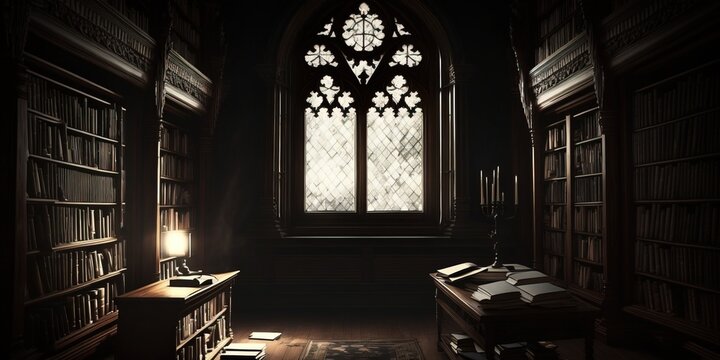
FAQ About Gothic Literature
Gothic Literature
2 years ago | gizem
How does Gothic Literature explore the idea of the "other"?
Gothic Literature often explores the idea of the "other" in complex and multifaceted ways, reflecting societal anxieties and prejudices of the time. The concept of the "other" refers to individuals or groups who are perceived as different, outsider, or marginalized in society. Here's how Gothic Literature explores this theme:
- Monsters and Supernatural Beings: Gothic literature frequently features monstrous or supernatural characters who are considered "other" due to their physical or supernatural attributes. These characters, such as vampires, werewolves, and ghosts, embody the fear of the unknown and challenge societal norms.
- Isolation and Alienation: Many Gothic protagonists experience isolation and alienation, making them feel like outsiders in their own worlds. This sense of being "other" contributes to their psychological distress and fear.
- Taboos and Forbidden Desires: Gothic narratives often delve into taboos and forbidden desires, such as incestuous relationships or unconventional sexuality. Characters who pursue these desires are seen as "other" and often face moral or supernatural consequences.
- Gender and Sexuality: Gothic literature frequently explores gender roles and sexuality. Female protagonists, in particular, may be depicted as "other" in a patriarchal society, challenging traditional expectations of femininity. This exploration of gender can intersect with themes of the "other."
- Colonialism and Imperialism: In some Gothic works, the exploration of remote and exotic settings, often tied to colonialism and imperialism, portrays indigenous peoples as the "other." These depictions reflect the ethnocentric attitudes of the time.
- Racial and Ethnic Differences: Gothic literature may also explore racial and ethnic differences as a source of otherness and fear. Characters of different racial or ethnic backgrounds may be depicted as exotic, threatening, or inferior.
- Psychological Otherness: The genre delves into the idea of psychological otherness, where characters grapple with their own inner demons, repressed desires, or dual personalities. This internal "other" can be as terrifying as external threats.
- Foreignness and Outsiders: Characters who come from foreign lands or who are outsiders in a community often represent the "other." Their foreignness can be a source of suspicion and fear.
- Prejudice and Discrimination: Gothic literature may critique societal prejudice and discrimination against those perceived as different or "other." This can include issues of class, race, gender, and sexuality.
- The Double or Doppelgänger: The presence of a double or doppelgänger, a character who is an exact replica of another, explores the idea of the "other" within oneself. This duality can symbolize inner conflict and the fear of one's own hidden otherness.
- The Uncanny: The uncanny, where the familiar becomes strange and unsettling, is a recurring element in Gothic literature. This blurring of the boundaries between the known and the unknown reinforces the theme of the "other."
